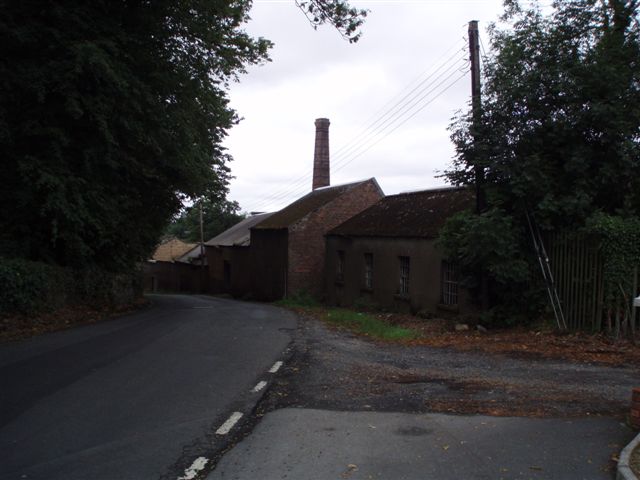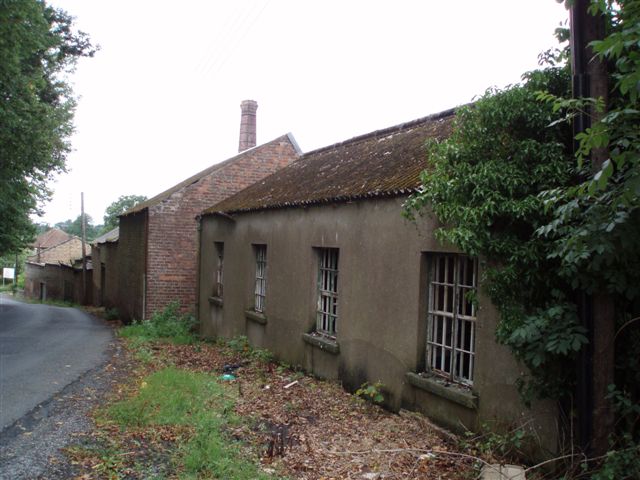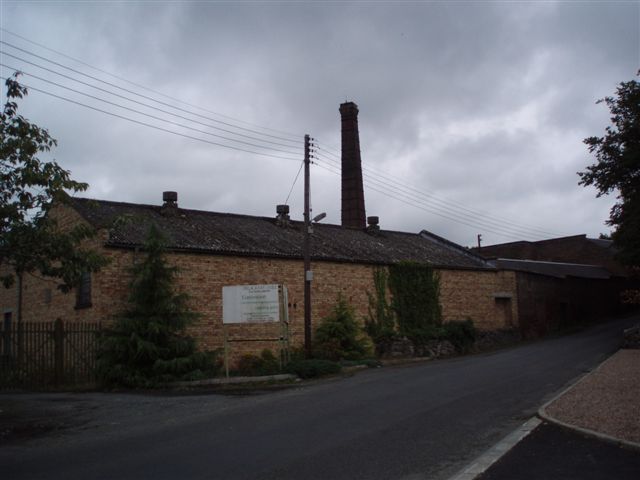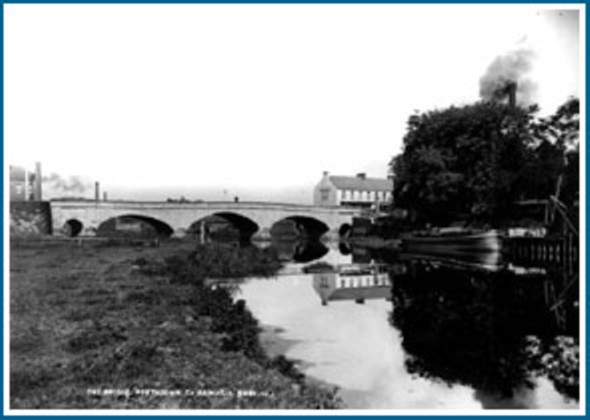
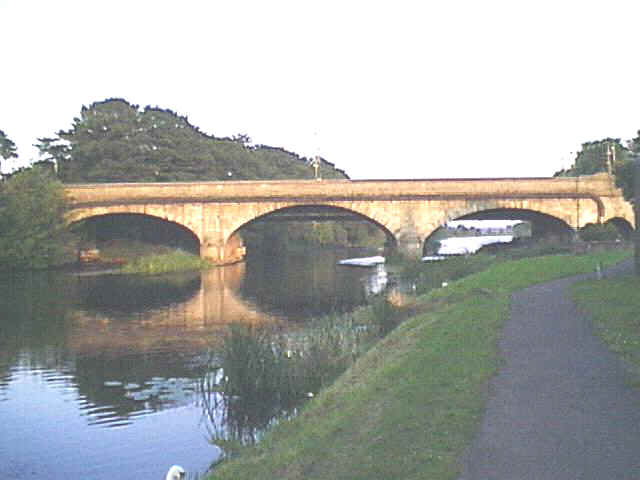
Portadown Origins
Portadown, which means 'landing place of the ferry' from the Irish 'Port an Dúnáin' has it's beginnings in 1610 when James 1 granted 2000 acres of land at Ballyworran (Ballyoran) to William Powell of Staffordshire. In 1611 Powell sold the land to the Reverend Richard Rolleston who then sold it to Richard Cope of Loughgall. Cope divided the land with Michael Obins who secured the land, which runs down to the west bank of the Bann. By 1619 Obins had built a house of brick and lime along with a bawn or fortress and by 1622 had settled 30 scattered English families'. He died in 1629 and was succeeded by his son John who with his mother Prudence, secured a patent for fairs and markets in the town in 1632. Markets were then held every Saturday with a fair held on All Saints' Day and another at Pentecost, later another fair was held on Easter Monday. The opportunity for trade offered by these together with the building of the first bridge over the River Bann opened the way for commerce and prosperity in the town.
During the civil war in 1641 Portadown was pillaged by Captain Toole McCann under the command of Sir Phelim O'Neill. O'Neill was later tried and sentenced to death for the massacre of 196 settlers who drowned when thrown off the Bann bridge into the river below, those who didn't drown were killed as they reached the shore. Civil disturbances continued for several years until a garrison of Cromwellian soldiers arrived to take control of the town in October 1646. (It is unknown how and when Henry Hollingsworth born 1598 died, could he have been one of the 196????)

Under Mary I and Elizabeth I plantations took place in Leix/Offaly and parts of Munster, but Ulster remained largely outside the control of the Crown of England. Elizabeth tried sending English armies over to Ulster to check the power of the Ulster chieftains. The chieftains, led by Sir Hugh O'Neill, rebelled and this resulted in the nine years war which began in 1594.
Even though the chieftains had
rebelled against the English crown, when they surrendered in 1603 the
King of England at that time, James I, allowed them to keep their land.
However, afraid they would be falsely accused and imprisoned, some of
the Ulster chieftains fled to Spain and other Catholic countries in
Europe. This happened in 1607 and was called "The Flight of the Earls".
The majority of Scots who migrated to the north of Ireland came as part of this organized settlement scheme of 1605-1697. Plantation settlements were confined to the Province of Ulster, in the counties of Antrim, Down, Armagh, Tyrone, Donegal, Cavan, Fermanagh and Derry. As many as 200,000 Lowland Scots crossed the North Channel to settle in Ulster in this approximately 90 year period. The Plantation of Ulster took place in two stages. The first stage was confined to the eastern counties of Antrim and Down. The initiative was taken by Scottish fortune seekers. Although the British Crown encouraged and co-operated with those responsible, it was fully a private venture. The second stage of settlement was far broader in scope. It was a project of state, conceived, planned, and closely supervised by the British governments of England and Ireland. The plantations included settlers from England and Scotland, although Scots outnumbered those from England by a ratio of 20 to 1. The primary purpose of the plantation scheme was to populate the northern counties of Ireland with loyal British subjects, to counterbalance the native Irish. Scotland was only too willing to participate. It was seen
as a way to eradicate Scotland of the hordes of
Lowland and Border Scots, many of whom in their desperate poverty felt
compelled to turn to a life of marauding and horse thievery, which had
become an occupation in itself in the Scottish countryside. Many were
hardscrabble, subsistence farmers barely able to support their
families. Hence in the early years of the Plantation, the majority of
the settlers were Lowland and Border Scots seeking a better life.
Ulster Scots is a term used primarily in the United Kingdom and Ireland. It refers to the Scots who migrated to the northern province of Ireland (Ulster) beginning about 1605. Although sometimes in North America they are referred to as ‘Scotch-Irish’ or ‘Ulster-Irish‘. All these terms most commonly refer to those Lowland and Border Scots who settled in the northern counties of Ireland during the Plantation scheme. However, there were Scots in Ireland as early as the l400s, such as the McDonalds of County Antrim. There was also a steady stream of Highland Scots migrating to the north of Ireland in the early 1800s as a result of the highland clearances in Scotland. It can therefore be considered that anyone whose ancestors migrated from Scotland to Ulster from 1400 onward is of Ulster-Scot descent.
August 2006Hi folks
I recently was past the old Mill and these are the best shots I could get. The whole place is now boarded up since the Mill closed about 3 years ago.
I also enclose a photo of Kenny and me with Linda in Washington. We had a wonderful afternoon and evening with Linda & Steve.
The fields immediately behind the mill belonged to Vallentine and the document in PRONI where the Seal was affixed, related to the water rights which helped this Mill progress in the early days.
I was speaking with our Researcher Tom Gribben in Dromore last week and he tells me he has been trying to trace the document where the SEAL was, I thought it was so easy to find, but John - you could send me the reference for it. I know I have it somewhere, but papers are a bit mixed up at present.
Tom has been reading through the Blacker papers, but they show nothing of Hollingsworths at all, but then they date from later times.
I had suggested the other papers from the original Landlord, but so far there is nothing happening there.
Tom plays bowls on a Thursday evening, and that is late night opening in PRONI. He will finish this League soon, with summer bowls finishing, and will be able to concentrate more then. He will then be able to give an idea of the price too - he will not fleese you - I'll make sure.
I think for the October Trip we would have his company down in PRONI for those who wish to know or feel their way round the records. Tom is a minefield of information.
That's all for now.
Love to all Florence xox
Just another extract from CRAIGAVON MUSEUM HISTORY::::V Hollingsworth's 100 acres was purchased from Richard Cope.
TOWN OF Portadown
Origins
Economic development and the ' Hub of the North'
Linen Production
A change of ownership
The development of local amenities